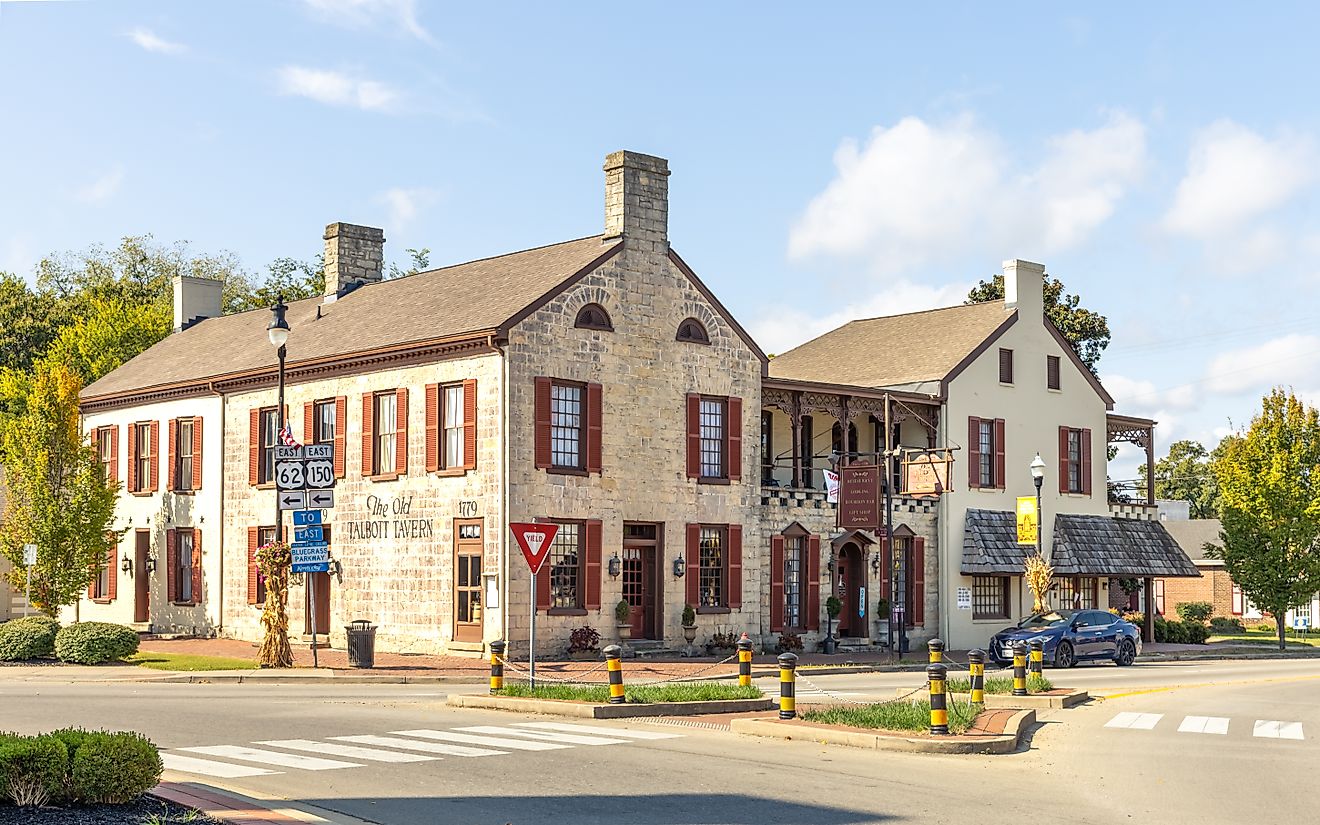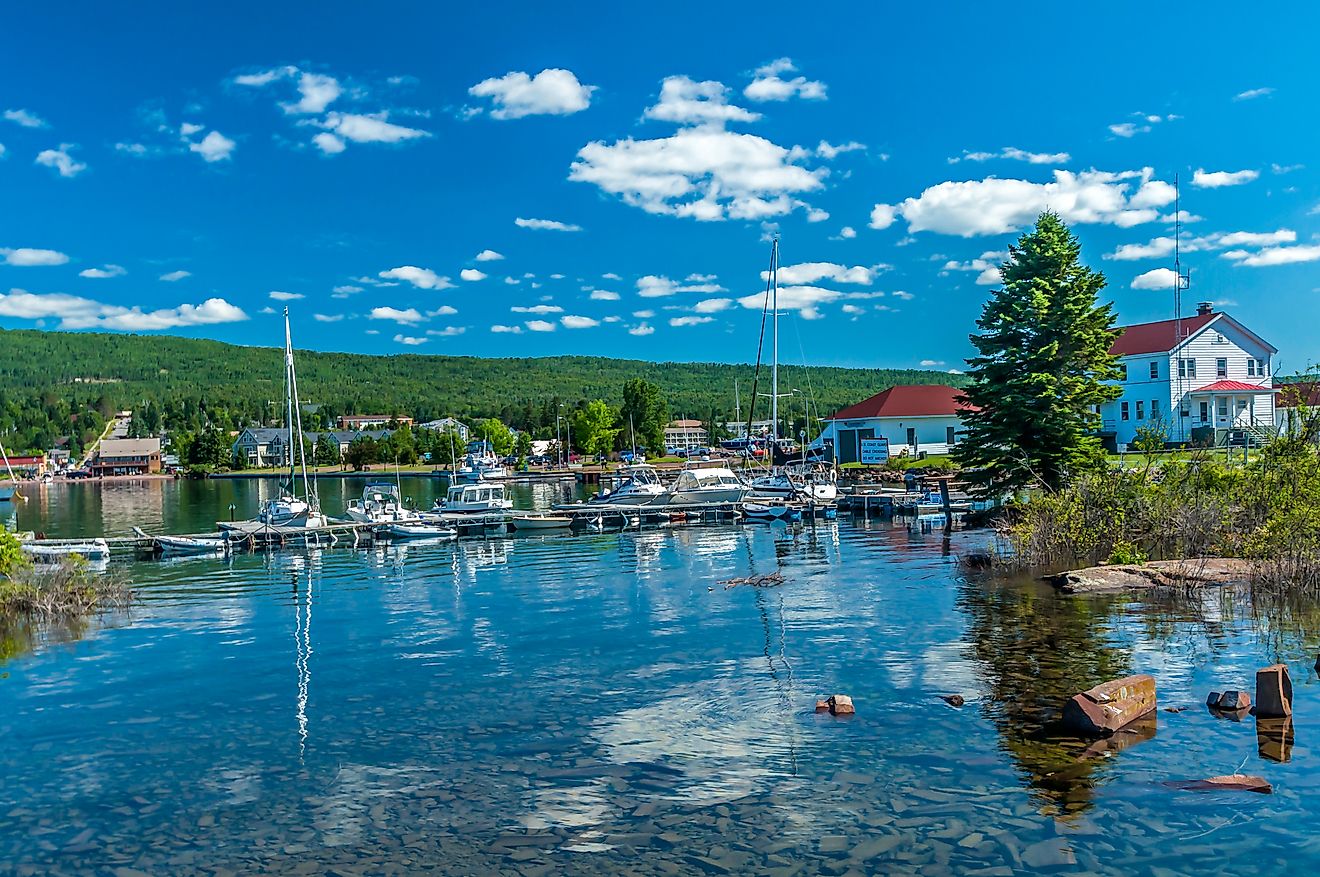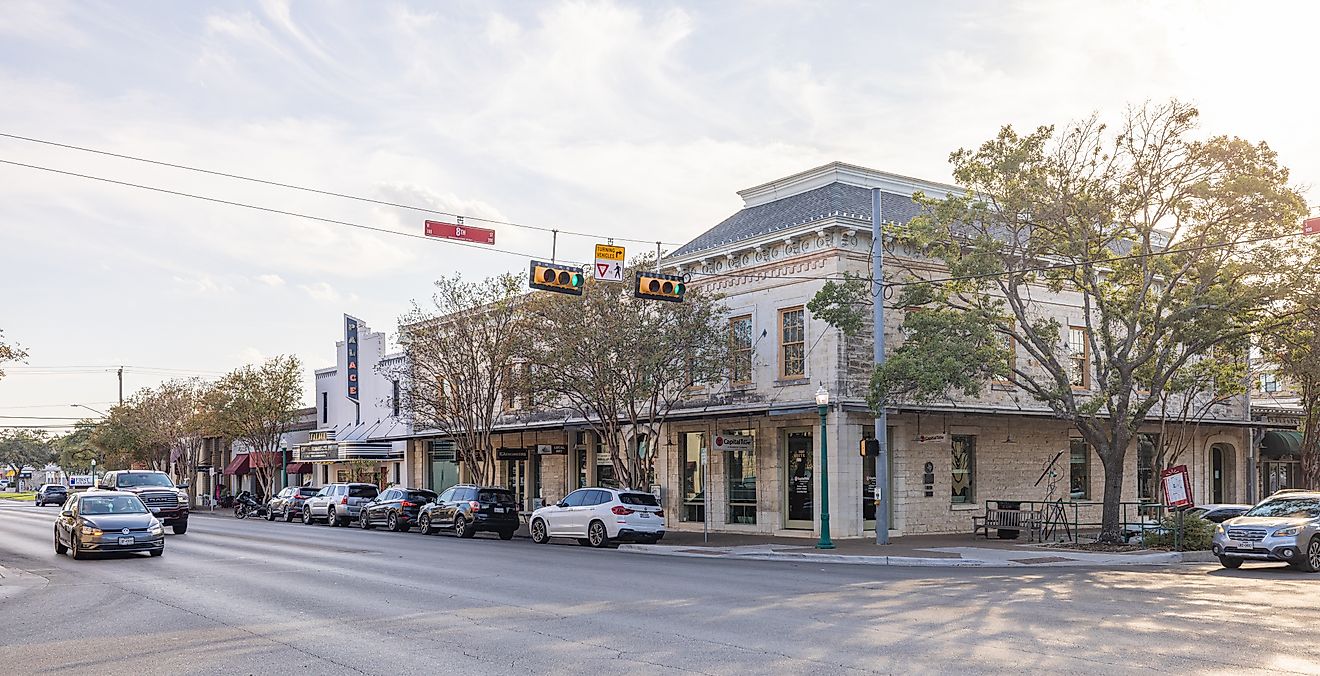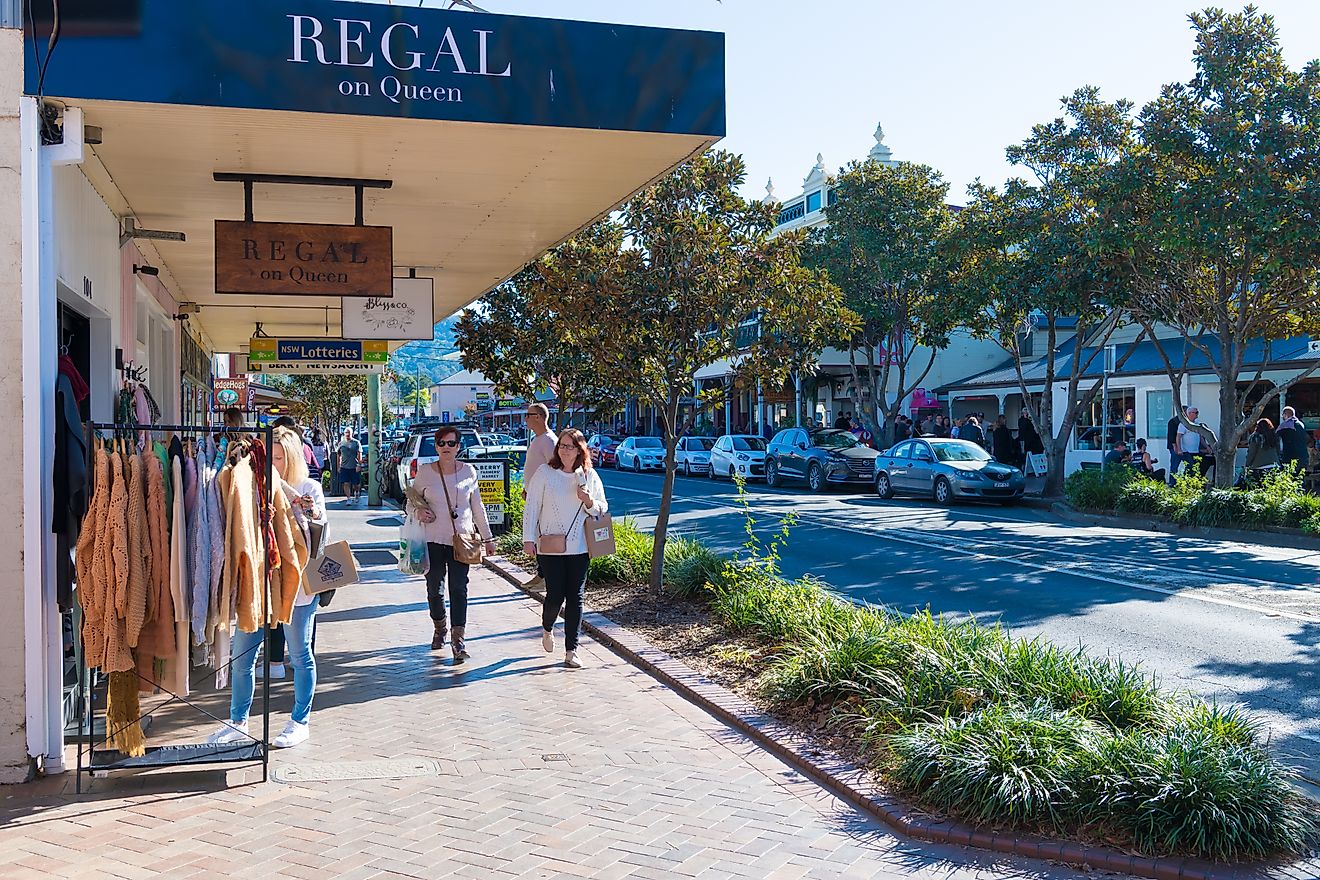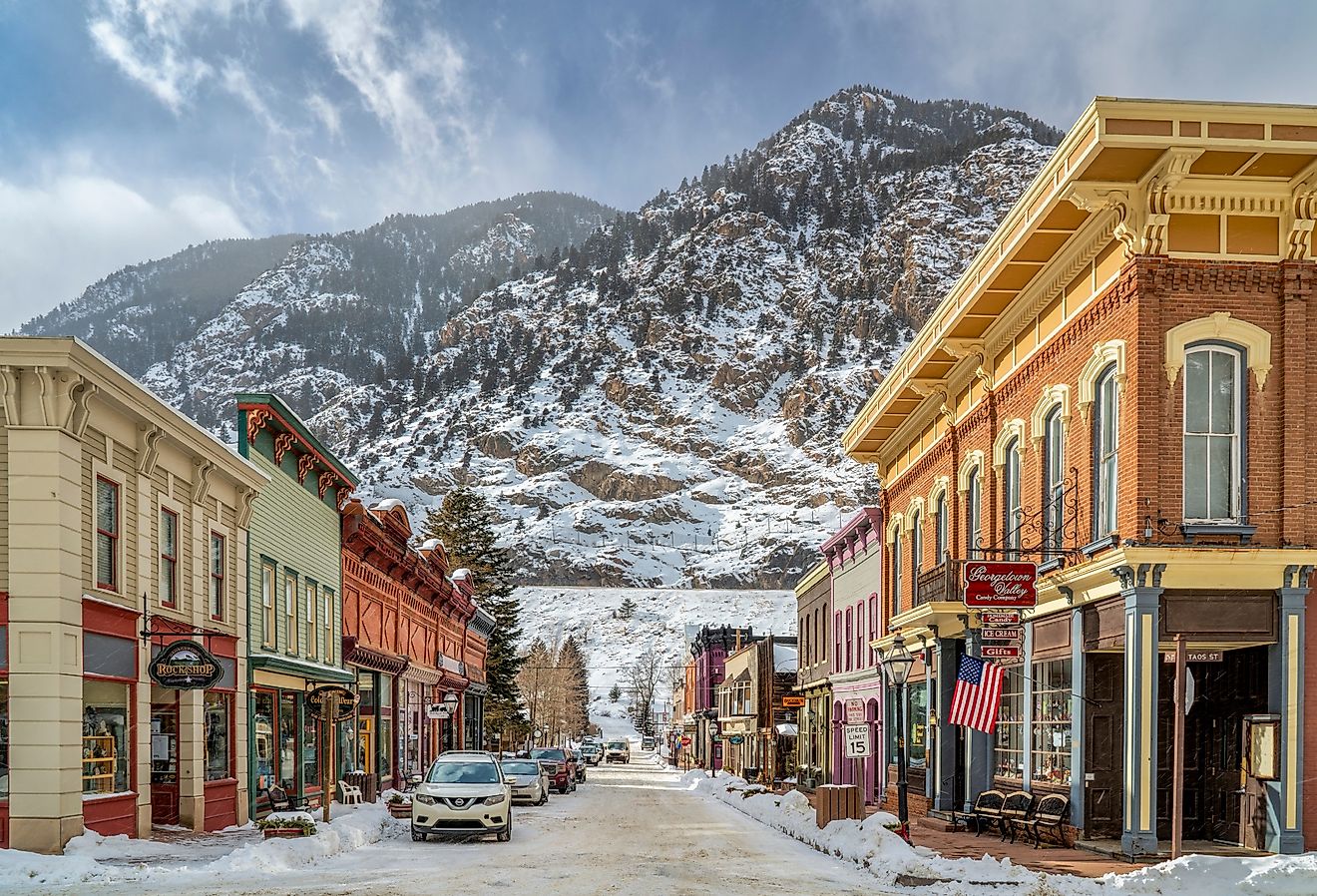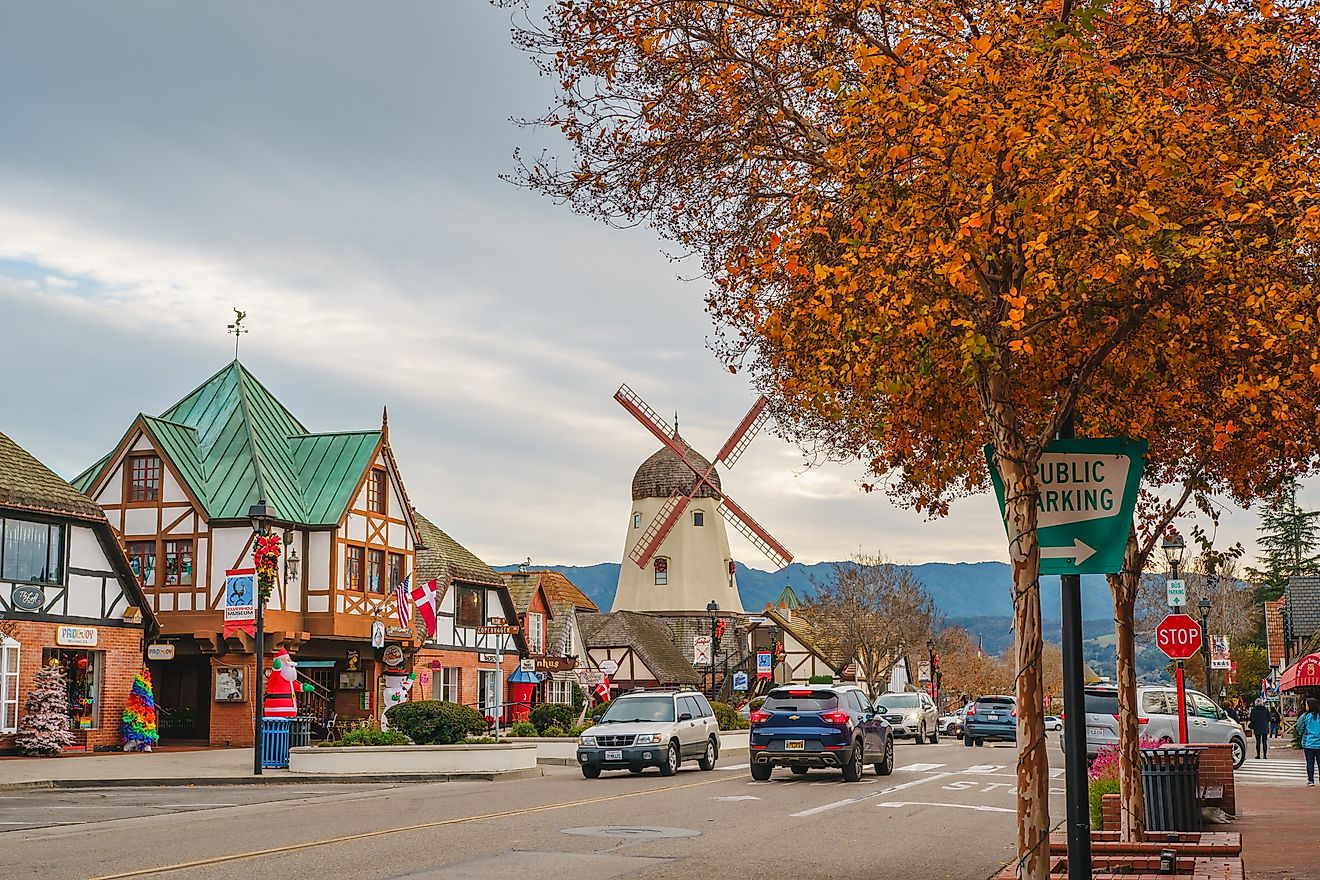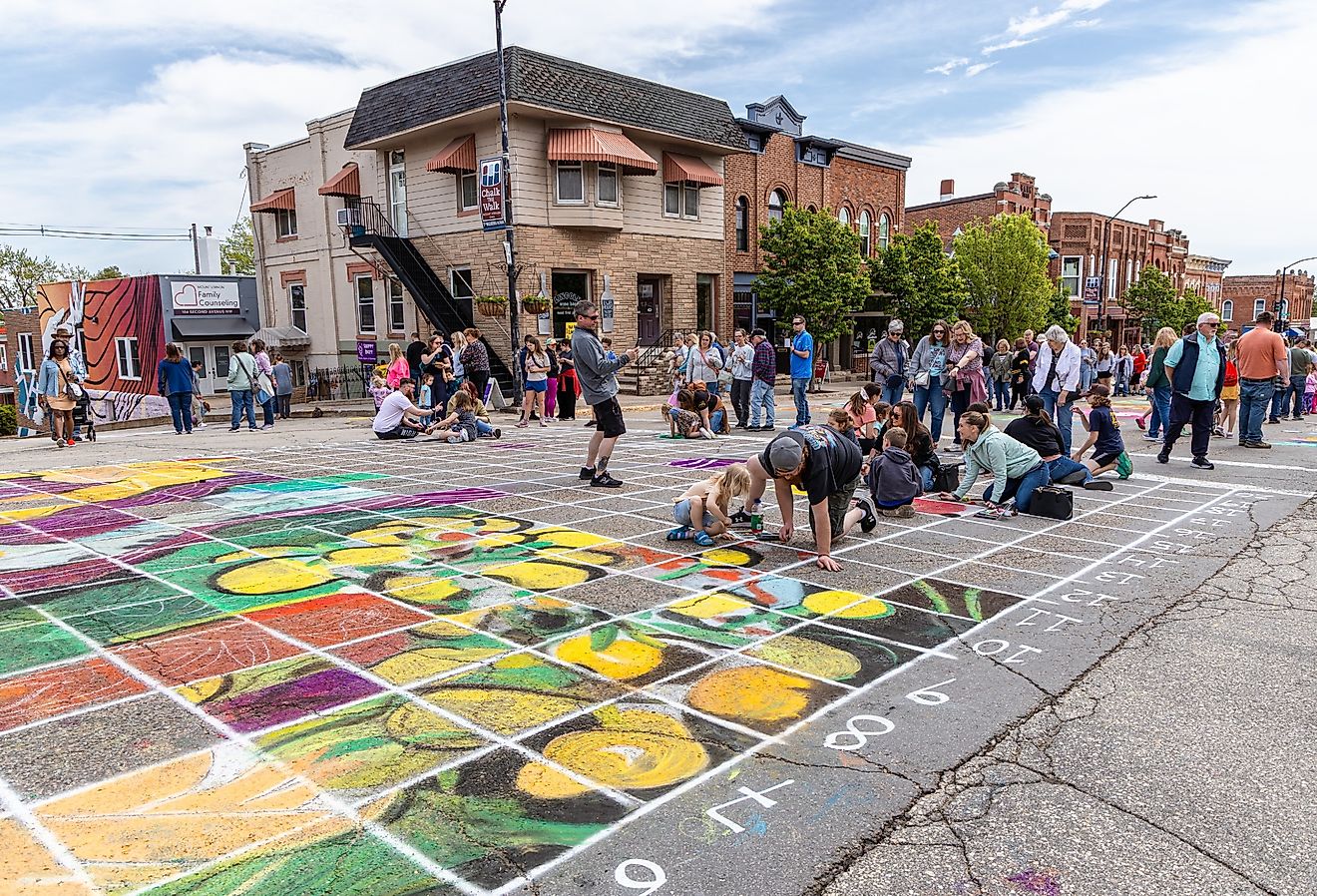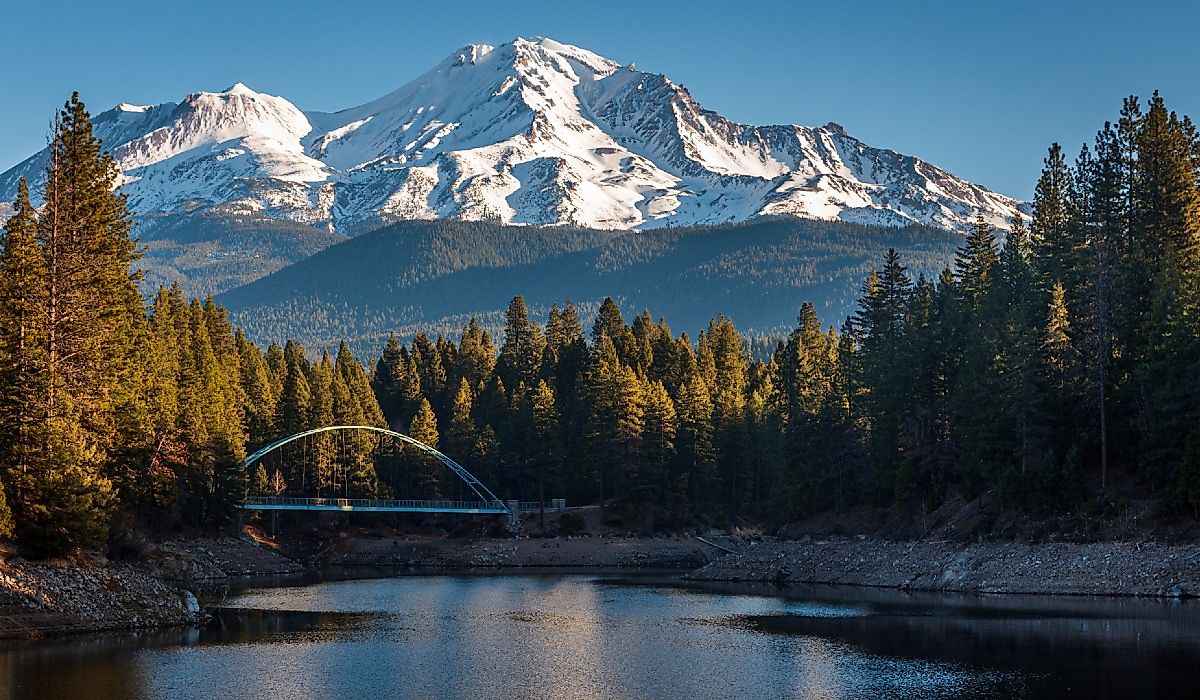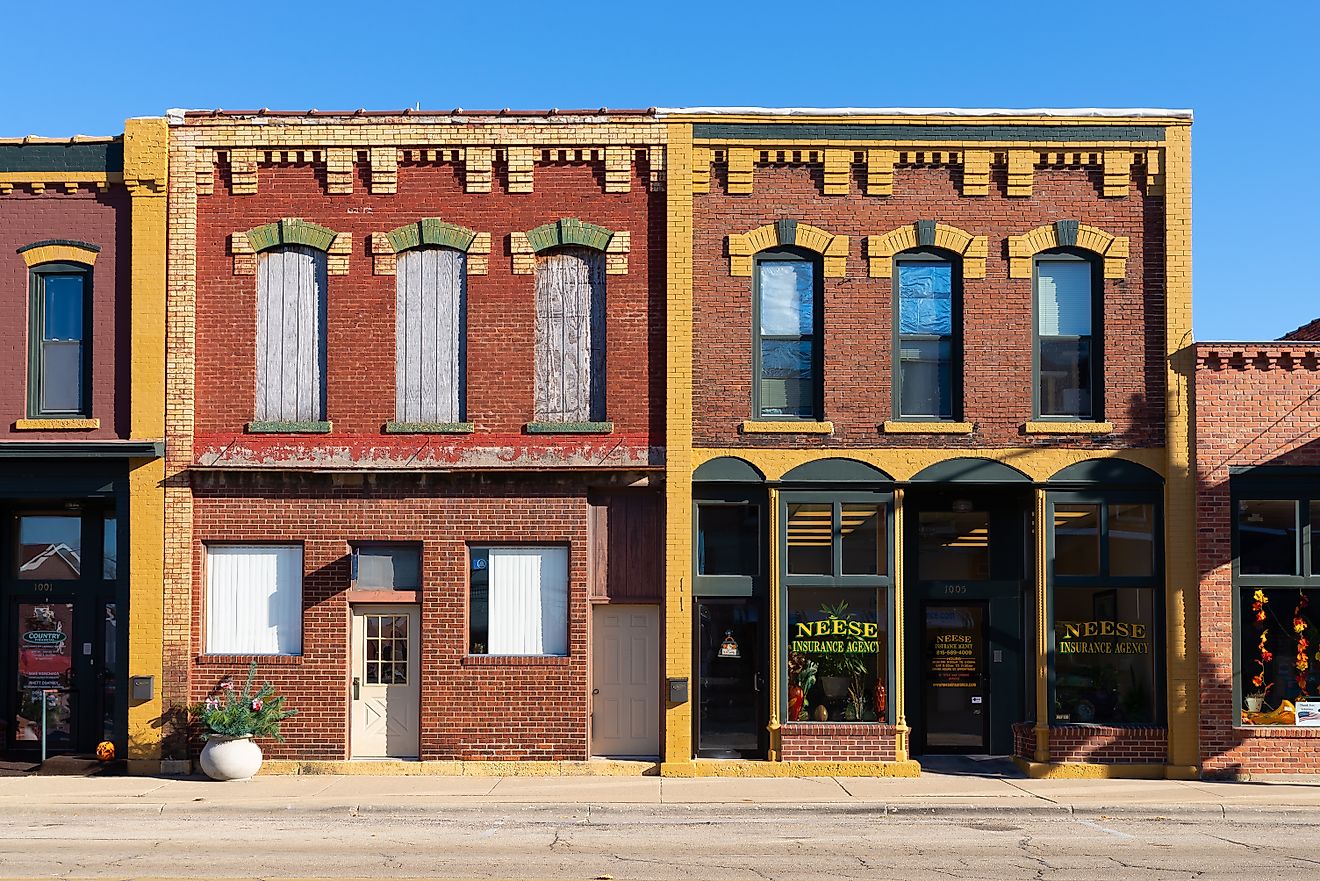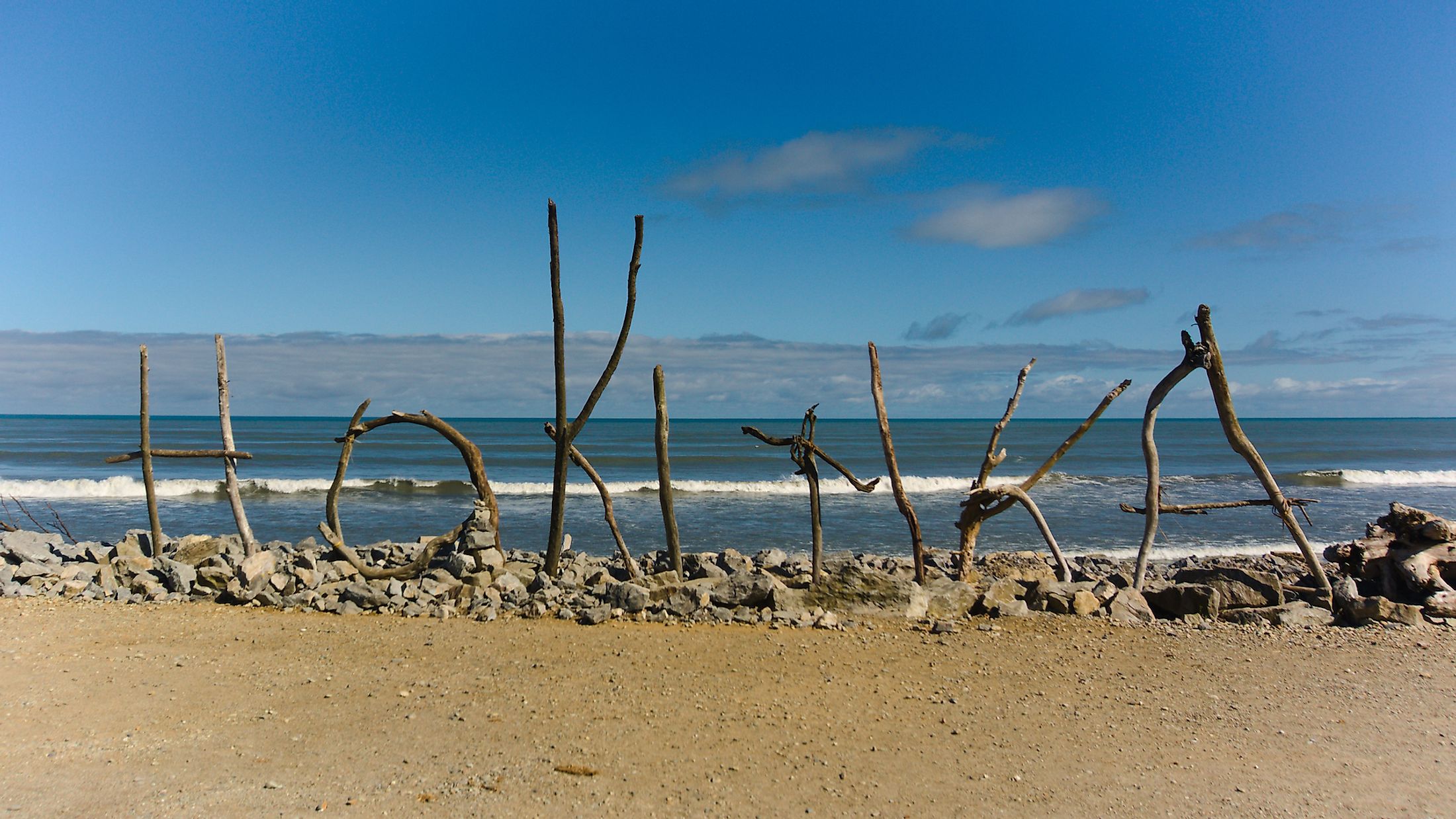
Hokitika, New Zealand
Close to the mouth of the Hokitika River, the town of Hokitika is located on New Zealand's South Island, in the West Coast Region. With a population of just under 3,000, according to 2021 census numbers, Hokitika is one of the wettest places in all of New Zealand and traces its modern history to the mid 19th century.
History Of Hokitika
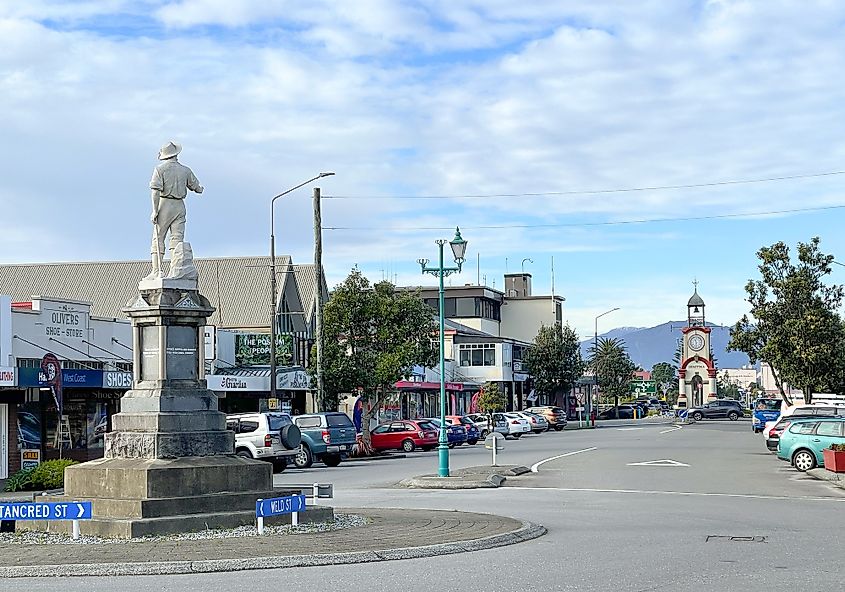
Originally an indigenous Māori settlement, the name Hokitika can be translated as "to return directly." In 1860, the land of the modern-day town was purchased by the New Zealand settler government through the Arahura Deed. This included the West Coast Region (except for a few pockets of land reserved exclusively for the Māori) and encompassed over 3 million hectares for a then price of 300 pounds.In 1864, Hokitika became the center of the West Coast Gold Rush, and many miners and their families settled in the town leading to rapid population growth. By 1867 it had become one of the country's most populous centers, and its wharf set records for the number of ships and other boats entering and exporting goods, namely gold.For a brief period in the 1870s, Hokitika was selected as the capital of Westland Province. However, a decision from the federal government to abolish provinces in 1876 meant that the town lost this status.As the gold boom declined, Hokitika gradually saw a decline in its population; throughout the 20th century and into the 21st, the town lost industry and migration to larger urban centers. Today, it remains a small settlement.
Climate Of Hokitika
Amongst the wettest places in the country, Hokitika sees over 2,800 millimeters (112 inches) of rainfall per year. With mild summers and cool winters, residents and visitors can expect some cloud cover all year round. The warm season typically lasts from December to March with average daily highs of 18 C (64 F), with February as the hottest month.June to September is considered the cooler season, where temperatures are observed to be no higher than 14 C (57 F). July is the coldest month, with lows of 6 C (42 F) and highs no greater than 12 C (53 F).The wet season is approximately eight months, from May to January, with a greater than 40% chance of any day having rain. September is the wettest month with at least 14 days out of 30 having a minimum of 1 millimeter of precipitation, while February may be considered the "driest" month with only eight days out of 28 with a minimum amount of rainfall forecasted.
Attractions In Hokitika
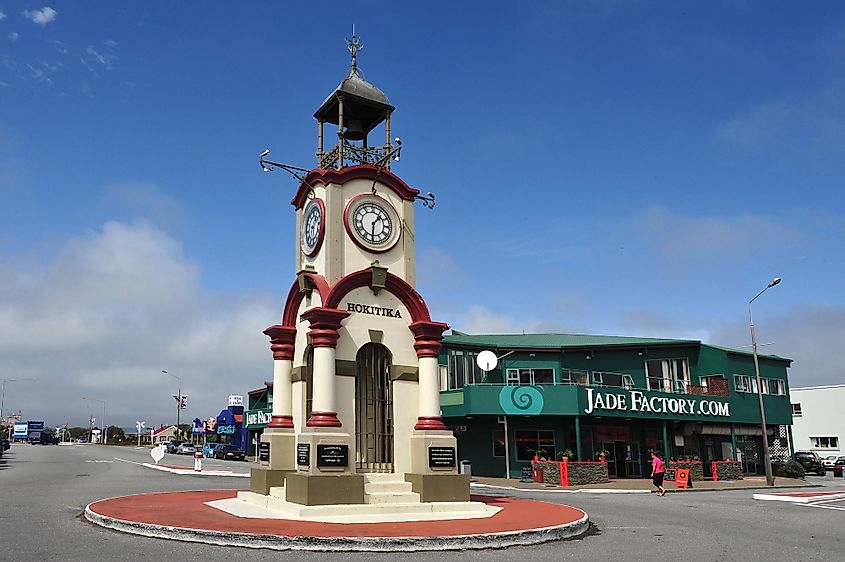
Hokitika has several unique tourist attractions, where visitors can enjoy being outside or take some indoor refuge from the rainy days. Hokitika Gorge is among the most popular destinations. Visitors can marvel at the breathtaking views of the blue water and rock formations and cross the metal rope suspension bridge. A 40-minute drive from the town center, the Gorge is a favorite for locals and tourists alike.But when the cold and rainy days make a visit there less than ideal, Hokitika also offers a variety of other points of interest to enjoy any day of the year. The Hokitika Museum, built in 1869, is West Coast's largest archive and museum. Located within the Carnegie Library building, visitors can find exhibitions about Hokitika's gold rush past, its Māori heritage, and an extensive photographic collection highlighting the town's development.
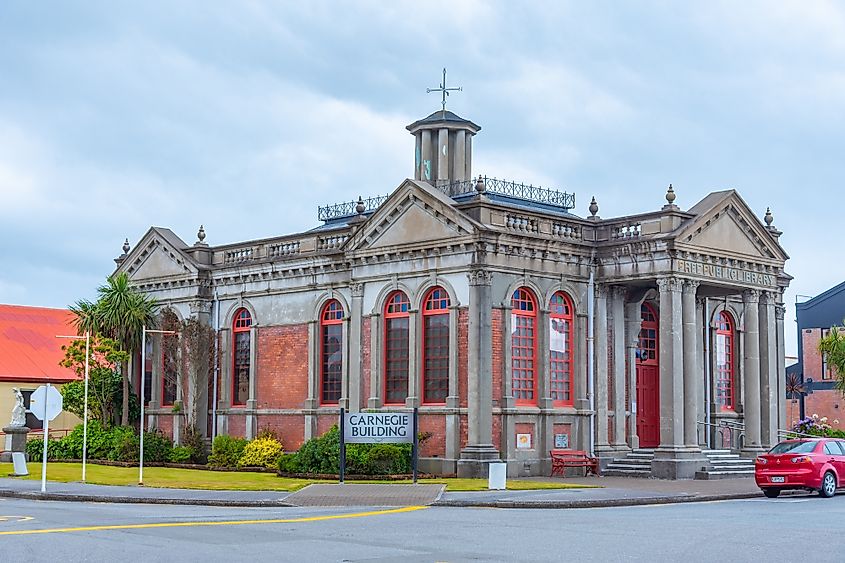
Due to the cool weather year-round, tourists may really appreciate the Hokitika Sock Machine Museum. Guests can tour the display of historic and antique sock knitting machines and are even invited to knit their own socks!
For the artistically inclined tourist, January is the month to enjoy the famed Driftwood and Sand Festival. Internationally invited artists construct sculptures out of beach debris, while members of the public are also encouraged to participate in making miniature creations.Meanwhile, the Regent Theatre is the region's only 3D digital cinema for film lovers. This Art Deco theatre, first built in 1935, has been designated a heritage building and boasts an impressive 400 seat main theatre auditorium! Extensively renovated and lovingly maintained through the decades, the theatre gives moviegoers all the best in modern projection and audio standards while still upkeeping an old-style charm.The dairy industry is also an important local economic driver, and Westland Milk Products is headquartered in Hokitika. The third-largest dairy processing company in New Zealand, it was sold to a Chinese dairy producer in 2019.
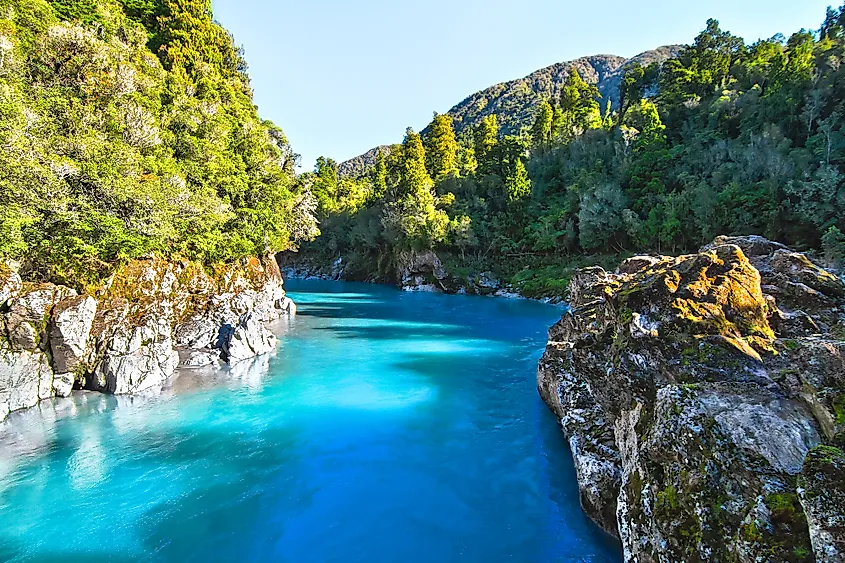
Hokitika's small size may make it easy to overlook for tourists in New Zealand's South Island, but it compensates with plenty of charm only a small town can offer for what it may lack in bigness. Cool mostly year-round, visitors in Hokitika will never be short of activities to do, and its unique history as a Māori and gold mining settlement shape much of the town's character. Away from major centers like Christchurch and Wellington, New Zealand's small towns offer a particular and alluring perspective on the country's past. Hokitika is no different.

